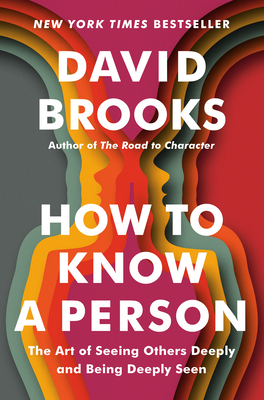
Book Anatomy: Body Politics and the Materiality of Indigenous Book History (Studies in Print Culture and the History of the Book)
Description
From the marginalia of their readers to the social and cultural means of their production, books bear the imprint of our humanity. Embodying the marks, traces, and scars of colonial survival, Indigenous books are contested spaces. A constellation of nontextual components surrounded Native American–authored publications of the long nineteenth century, shaping how these books were read and understood—including illustrations, typefaces, explanatory prefaces, appendices, copyright statements, author portraits, and more.
Centering Indigenous writers, Book Anatomy explores works from John Rollin Ridge, Sarah Winnemucca Hopkins, Pretty Shield, and D’Arcy McNickle published between 1854 and 1936. In examining critical moments of junction between Indigenous books and a mainstream literary marketplace, Amy Gore argues that the reprints, editions, and paratextual elements of Indigenous books matter: they embody a frontline of colonization in which Native authors battle the public perception and reception of Indigenous books, negotiate representations of Indigenous bodies, and fight for authority and ownership over their literary work.
Praise for Book Anatomy: Body Politics and the Materiality of Indigenous Book History (Studies in Print Culture and the History of the Book)
“Gore’s writing is consistently clear and engaging, a pleasant, informative read. In fact, I was frequently struck by the ease with which Gore made her points.”—Cari M. Carpenter, author of Seeing Red: Anger, Sentimentality, and American Indians
“In this eloquently argued study, Gore reveals how Native American authors used not just their words but also book covers, dust jackets, copyright statements, illustrations, and even blank space to contest negative stereotypes and claim a kind of publishing sovereignty over their narratives. This book opens pathways for teachers, students, tribes, and scholars to see Native-authored texts in richer ways.”—Matt Cohen, author of The Silence of the Miskito Prince: How Cultural Dialogue Was Colonized


